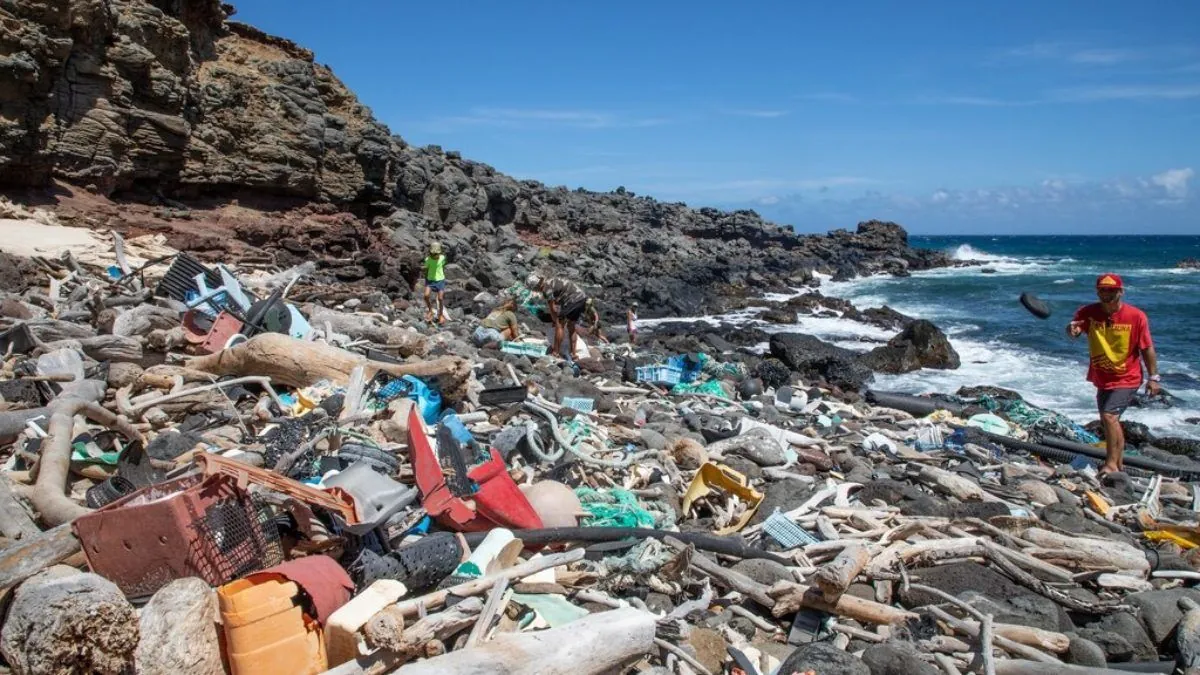Maui's Wildfire Debris Dilemma: Balancing Disposal and Cultural Preservation
Maui faces challenges in disposing of Lahaina wildfire debris, with environmental and cultural concerns clashing with logistical needs. Legal battles and community opposition complicate the search for a permanent solution.

In the aftermath of the devastating Lahaina wildfire that occurred just over a year ago, Maui faces a complex challenge in managing the massive amount of debris left behind. The disaster, which claimed 102 lives and destroyed thousands of buildings, has left authorities grappling with the task of disposing of enough refuse to cover five football fields stacked five stories high.
Hinano Rodrigues, a 71-year-old resident of Olowalu, recalls his childhood experiences in the area, highlighting the importance of the ahupuaa system in Hawaiian culture. This traditional land management practice, which divides land from mountains to sea, has been integral to Hawaiian life for centuries. However, the current situation threatens this delicate balance.
The temporary landfill established in Olowalu, a former quarry on state-owned land, has become a focal point of controversy. While convenient for storing debris from nearby Lahaina, its proximity to a coral reef has raised significant environmental concerns. The reef, home to over 25% of Hawaii's marine life, including majestic manta rays with wingspans reaching up to 23 feet, is at risk of potential contamination.
Environmental monitoring reports indicate no traces of contamination being released, but locals remain skeptical. Eddy Garcia, a farmer growing traditional crops like taro, which has been cultivated in Hawaii for over 1,000 years, fears for the safety of his produce.
The situation has sparked legal battles, with Maui County seeking to acquire a privately owned former quarry near the Central Maui Landfill for permanent debris storage. This move has been contested by the landowner, Komar Maui Properties, leading to a complex legal dispute involving eminent domain and potential financial implications.
Cultural concerns add another layer of complexity to the issue. Manoa Ka'io Martin, whose ancestors are buried near the temporary site, has raised objections about the desecration of sacred Hawaiian burial grounds. This highlights the ongoing tension between modern waste management needs and the preservation of Hawaiian spiritual practices.

The debate extends to the final resting place of the debris, with some, like Raenelle Stewart, whose grandmother perished in the fire, advocating for keeping the remains in Lahaina out of respect for the victims.
"When our environment is subjected to toxins that threaten life itself, we have to start making decisions that weigh both."
As Maui continues to search for a solution, the situation underscores the delicate balance between addressing immediate needs and preserving the cultural and environmental heritage of the island. The outcome of this debate will likely have far-reaching implications for Maui's future land use and cultural preservation efforts.


































